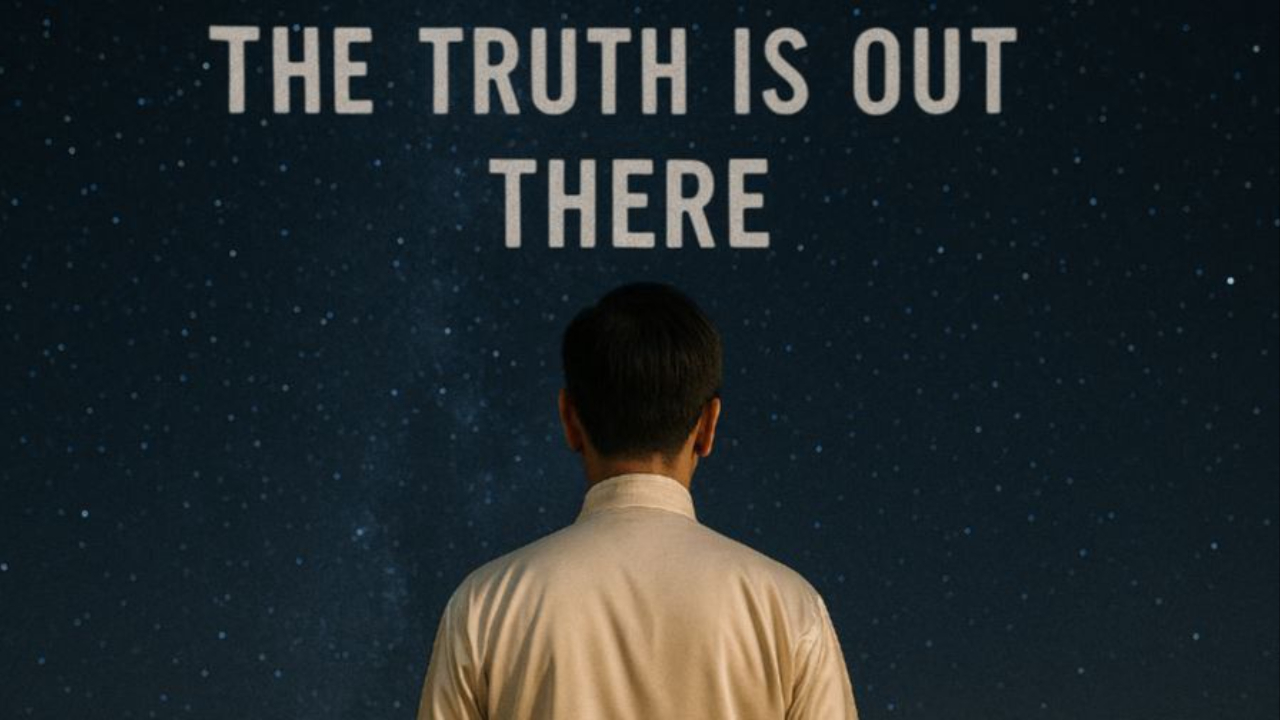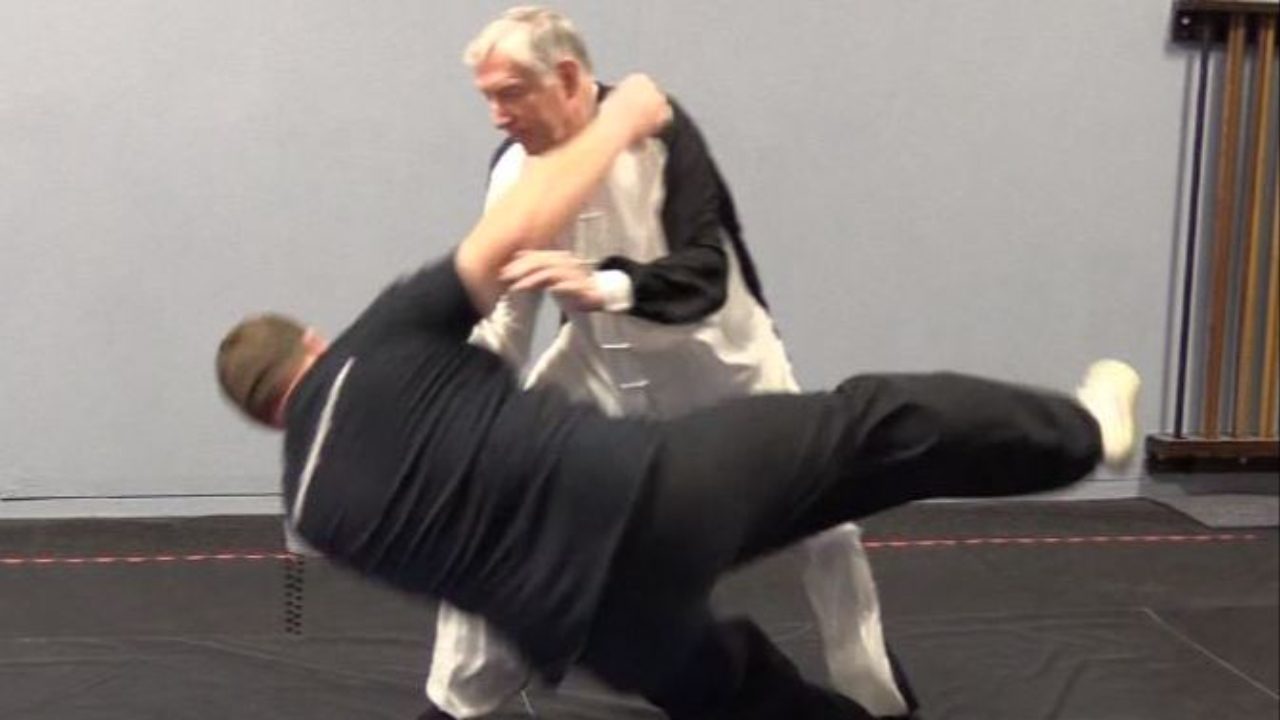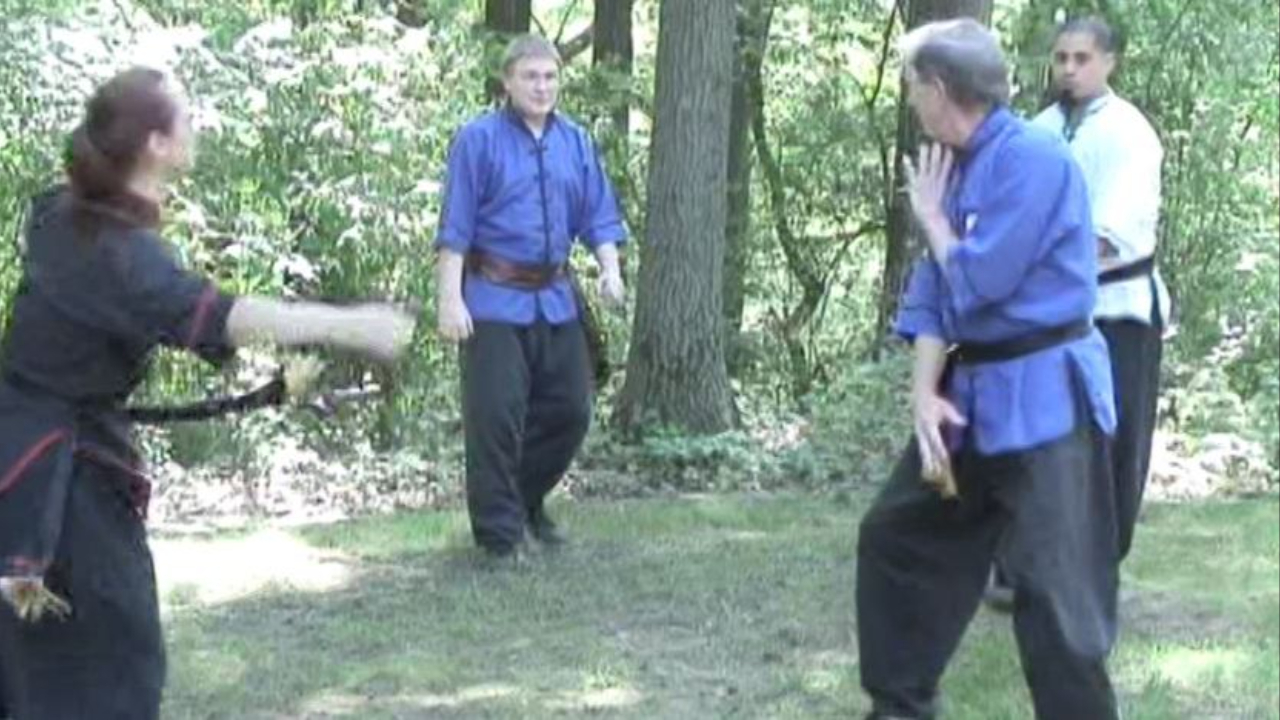Ego Is Holding You Back in Martial Arts and Your Career

When I worked in TV news, few veterans took the time to coach me. I had the good sense, however, to watch good people and take note of the way they were writing and delivering the news. I pushed myself to get better.
I probably hit my peak just before I left the business when I did an award-winning series called Robb's Life, which is now on YouTube in about 36 episodes.
In 1989, I became a news director -- in charge of the entire newsroom. I decided that I would do for people what nobody had done for me -- give them real coaching so they could cut years off their development. I would regularly sit down with employees -- reporters, videographers, anchors, producers -- and I would look at their videos and give them tips on how to push the creative envelope, how to shoot better video and tell a story, how to write more clearly.
Once, I was coaching a sports veteran whose stories were tired and cliched -...
How to Save Years of Time Building Tai Chi Skill

I received an email from a guy in Kansas a couple of weeks ago. He had seen one of my videos and began asking questions about the internal arts. He had practiced several arts over the years and was now studying Wing Chun from a guy who also teaches Tai Chi but only for health purposes.
He wondered if he was getting the real deal.
I asked a few questions and told him some experiences I've had with instructors who taught Yang tai chi for meditation and health, versus the Chen style instructors I've had who teach body mechanics for internal power. This is not mystical -- it's physical.
Finally, I directed him to the school of Chen Huixian, a niece of Chen Zhenglei who teaches in Overland Park.
At the same time, he signed up for a free course I was offering. Here's what he wrote after seeing the second or third video, when I explain peng jin and clearly demonstrate the physical nature of this skill:
"Ken, you have no idea how much that has helped because I really did believe those va...
Some People Make Fun of Silk Tai Chi Uniforms

A teacher I've never met started dissing me on an online martial arts forum a few days ago. One of the things he criticized was wearing a Tai Chi or Kung-Fu uniform in my videos -- Chinese pajamas I think he put it. That showed him I'm not serious about using Taiji, Hsing-I or Bagua for real self-defense.
That was news to me, especially considering his own teacher wears the pajamas.
By the way -- I don't always wear a uniform for practice. Sometimes I wear a Bruce Lee t-shirt. Sometimes a "Chillin' With My Peeps" t-shirt. Sometimes I wear a sweatshirt if the weather is cold.
But if I'm doing a video I'll wear a uniform.
For one thing, it looks more "professional." I don't want to appear like all the backyard masters who you see on YouTube.
For another thing, I've always thought a uniform is cool, and isn't that why a lot of us got int...
Bursting the New Student Bubble with a Taiji Reality Check

All teachers enjoy seeing new students come to a class or practice to check out the arts. For many of them, it's a new world -- mysterious and fascinating.
The first session with me is often a reality check for new students. They often have many tai chi misconceptions. Recently, a great young guy came to our practice -- tall, with his own tai chi uniform already, and moves suggesting some decent experience in other arts.
One of the first things he said was how excited he was to study with "a great master."
Bubble Burst #1 -- There are very few masters in the United States. There are some very good teachers but I could probably count on one hand the people I would say are masters, and I might have a couple of fingers remaining after the count. So I corrected the new guy and told him I am farther along than he is and can teach him, but I don't have enough time in this lifetime to become what anyone would describe as a "master."
I've been lucky to study with teachers who are much far...
The Day I Discovered The Tai Chi Teacher Test

I began studying Tai Chi in 1987. I loved my instructor and considered him a master. I became pretty good at the Yang 24 Simplified Form and even won a Gold Medal performing it at the 1990 AAU Kung-Fu National Championships.
Every day, I practiced chi kung. I studied acupuncture and worked hard to cultivate my chi. Eight Pieces of Brocade, Microcosmic Orbit, even Iron Palm.
Flash forward to 1997, when I began teaching a small group of students near the Quad Cities, where I relocated in 1993. I had a black sash and was teaching the system I had learned beginning in 1987.
The Internet was beginning to really take off, and I found a listserve about Neijia -- the internal arts. I started reading posts, arguments and discussions led primarily by Mike Sigman and some others. I read terms such as ground path and peng jin in ways I had never heard them discussed. I read about the "Teacher Test" and how a good tai chi teacher can perform it.
I had no idea what they were talking about, and ...
The Power of Habit and How It Helps Your Bagua, Tai Chi and Hsing-I

A new member of my membership website was asking about fighting with Bagua. He is new to the art and wants more material on Bagua fighting.
I have been shooting videos recently to boost the online content in this area, but I reminded the young man that before he learns to fight with Bagua, there are many other things to practice -- namely, the basics.
Anyone can throw a palm technique or do a joint lock and takedown. Doing it properly according to the body mechanics of a particular art is the difficult part. You can't breeze through the basics and expect to use the art.
Interesting research on the brain shows that we develop habits when they become ingrained in our basal ganglia, a cluster of brain cells that stores habitual acts and behaviors.
According to the book "The Power of Habit," you can put a mouse in a maze with a piece of cheese at the end. If you hook electrodes to the mouse's brain and wa...
Maintain Internal Strength - Ground and Peng - While Walking

Chen Xiaowang says that peng jin is like revving the engine of a car. If you lift the car off the ground and rev the engine, the car goes nowhere. Put it down so that it connects to the ground and it has power.
I had a teacher who said "you can hold stances all day, but if you lose your structure the moment you begin moving, you fail."
Establishing the ground path is a skill I learned from a two or three people I respect in the internal arts -- Mike Sigman, and Jim and Angela Criscimagna. Sigman was one of the first to really drive these skills home, and as a thank-you, much of the tai chi community flamed him for it, because they hadn't been taught these skills (particularly the "softer" tai chi practitioners) so they couldn't imagine that their teachers hadn't taught them the Real Thing.
In Chen tai chi, the most important skill is to maintain peng at all times -- an outward expansiveness in your body structure and movement. Peng jin is part of every movement and each of the tai...
How to Use Intent in Tai Chi, Hsing-I and Bagua

I received an interesting email from a member of the online internal arts school last week asking what does it mean to use intent in Taiji. Like a lot of members, he's using the online material to supplement training under another teacher. It became apparent that an instructor had made intent appear mystical.
He asked if, when establishing the ground path, if it's physical or if you are using Mind Intent?
After giving him my take on the subject, I then did some research to see what other instructors say. As I expected, the term Intent is shrouded in abstract terms and descriptions, in Taoism and Buddhism. One well-known "master" writes about it in such an abstract way that you'd need a Ph.D in Philosophy to understand it, then he asks for nearly a hundred bucks.
Let me put it simply -- the question is "what is intent when doing any internal movement?"
You can make it as flowery and abstract as you want, but the bottom line is this: the intent of the movement depends upon the marti...
The Circle of Death Practice for Taiji, Xingyi, and Bagua

In our practices in the Quad Cities, we enjoy doing the Circle of Death. Here's how it works.
One person gets in the center of the circle and ha so defend as the people on the rim of the
circle attack one-by-one. Sometimes we do it empty hand and the defender must defend with just Hsing-I, just Tai Chi, or just Bagua techniques.
Sometimes we do it with weapons, as we did tonight. We each took turns in the center (including me) and defended with one weapon as others attacked with different weapons, including staffs, broadswords, straight swords, and elk horn knives.
It's always fun, and it gives you a chance to think on your feet and learn how to respond to different attacks.
It's important for the instructor to watch carefully, and if a student doesn't get a reaction right, they should be asked to do it again. The importance of this drill isn't to humiliate the student -- the importance is to have them internalize the actions that it takes, and the techniques required, to defend...
How Tai Chi, Hsing-I and Bagua Techniques Overlap in Self-Defense

In class the other night we were practicing Heng Chuan, Hsing-I's "Crossing Fist," against a roundhouse kick. The photos are shown here.
In photo one, the attacker (Leander Mohs) throws the kick.
In photo two, I absorb the kick with my left arm and cross my right arm under the attacker's calf.
In photo three, I apply pressure to the outside of his leg and push inward, bending it at the knee.
In photo four, I apply a paring, splitting palm to the knee and he goes down. He has to go down. He has no choice.
When you practice this, you realize that the application is the same as the opening for the Chen Tai Chi movement "Fair Lady Weaves at Shuttles."
And this is something we see across the three internal arts that we practice. Several of the principles and palms of Bagua are also in this application, including Blocking, Twining or Snaking, Upward Palm, Outward Palm and Splitting Palm. Dan T'ien rotation is always applied, regardless of the art, and when the kick comes in, ...
